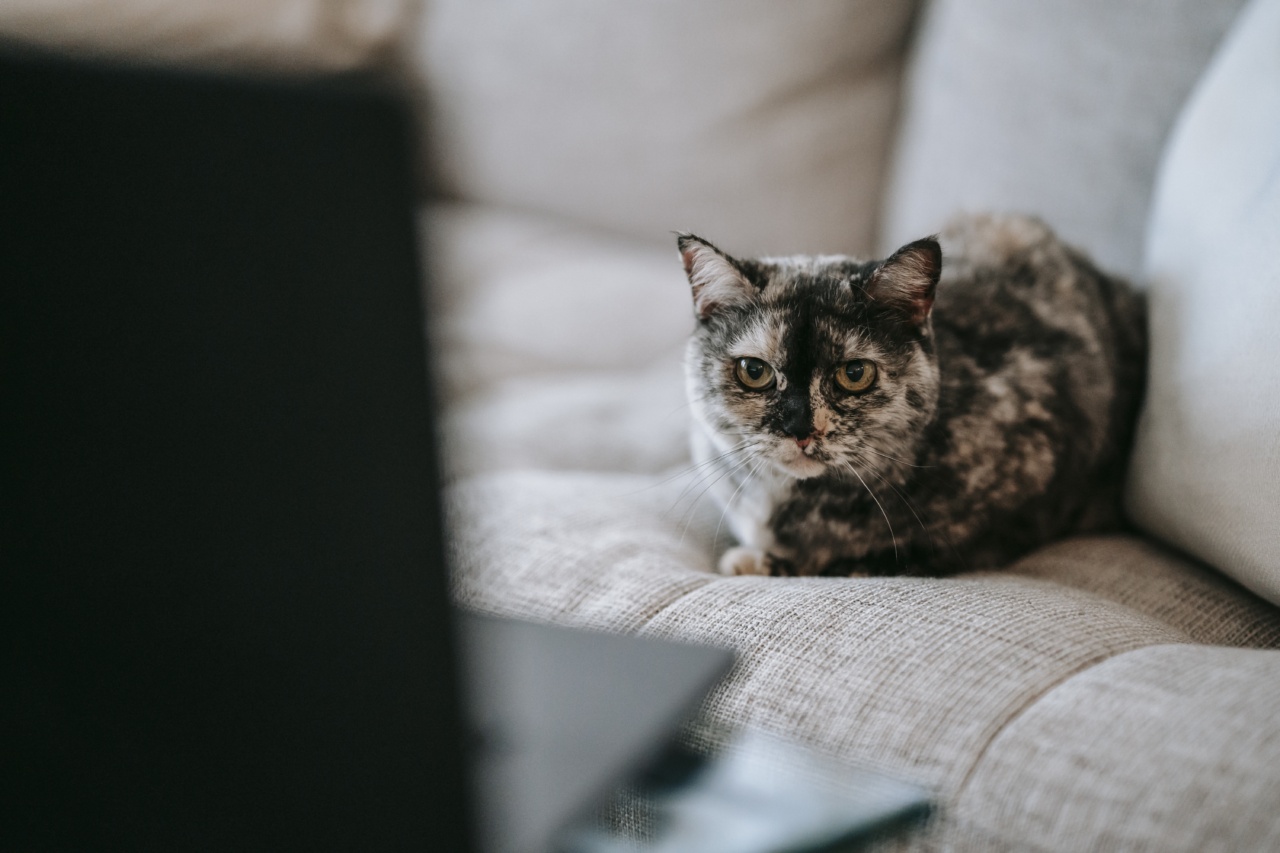Cats are known for their independent nature and mysterious behavior. While they may not be as expressive as dogs, cats have a unique way of communicating their emotions, which are often subtle and sometimes even confusing.
Understanding how your cat is feeling is crucial for their overall well-being and can also help you strengthen your bond with them. In this article, we will explore how cats communicate their emotions and what you can do to decode their behavior.
Body Language
One of the most effective ways to understand your cat’s emotions is to pay attention to their body language. While cats may not cry or wag their tails as dogs do, they communicate their emotions through subtle changes in their body movements.
Here are some common body language cues and what they mean:.
Purring
Purring is often associated with cats feeling content and happy, but it can also be a sign of stress or anxiety. If you notice your cat purring excessively or in certain situations, it might indicate that they are feeling overwhelmed.
Tail Position
The position of your cat’s tail is a good indicator of how they are feeling. A relaxed tail, pointed downwards or slightly curled, usually means your cat is calm and content.
However, a puffed-up tail or a tail held straight up in the air can signal that your cat is feeling threatened or agitated.
Ear Position
While cats’ ears can move in many directions, their position can communicate even discreet emotions. Ears held forward show that your cat is interested or curious, while backward ears are a sign that your cat is feeling defensive or angry.
Flat ears against the head generally indicate fear, anxiety, or submission.
Eye Contact
Cats may seem like they are always staring into space, but their eye contact says a lot about their emotions. Wide-open eyes indicate surprise or excitement, while half-closed eyes suggest relaxation or trust.
A cat that is staring intently at something may be focused, intrigued, or feeling threatened.
Vocalizations
Cats are not as vocal as dogs, but they communicate through meows, chirps, growls, and even purring. Although it can be challenging to distinguish the meaning of each sound, understanding the context can help you identify your cat’s emotions.
Here are some common sounds and what they might mean:.
Meows
Meowing is one of the most recognizable cat vocalizations, and it can signify many emotions. Short, soft meows generally mean that your cat is greeting you or seeking attention.
Loud or prolonged meows may indicate that your cat is in distress, hungry, or in pain.
Hissing
Hissing is a defensive sound that cats use to warn strangers or other animals to stay away. If your cat hisses, they are probably feeling threatened, anxious, or agitated, and it is best to give them space and time to calm down.
Chattering
Chattering or chirping is a strange sound that some cats make when they observe birds or other prey. It is thought to be a hunting instinct, and it usually means that your cat is excited or frustrated by the animals they see.
Key Takeaways
Understanding your cat’s emotions is vital to maintain their well-being and establish a strong relationship with them. Cats may not communicate as overtly as dogs, but they do send messages through body language and vocalizations.
By paying attention to their subtle cues and behavior, you can decode your cat’s emotions and respond appropriately. Remember to respect your cat’s boundaries and needs, and you will build a bond that will last for years.






























